Market Analysis
In-depth Analysis of Asia Pacific Aesthetics Market Industry Landscape
The Asia Pacific aesthetics market is a dynamic landscape shaped by various factors influencing consumer preferences, technological advancements, and economic conditions across the region. Characterized by a growing demand for cosmetic procedures and skincare products, this market reflects shifting societal attitudes towards beauty and wellness. One key driver of market dynamics is the region's rapidly expanding middle class, which has higher disposable incomes and seeks aesthetic enhancements. As countries like China, South Korea, Japan, and India experience economic growth, the demand for aesthetic treatments and products rises correspondingly.
Technological innovations play a significant role in shaping the Asia Pacific aesthetics market. Advancements in medical technology have led to the development of minimally invasive procedures, such as laser therapy, dermal fillers, and botulinum toxin injections, which offer effective solutions with reduced downtime and risks. Additionally, the rise of digital platforms and social media has fueled consumer awareness and interest in aesthetic treatments, contributing to market growth and competition among providers.
Cultural influences also impact the market dynamics of the Asia Pacific aesthetics industry. South Korea, known as a global leader in beauty trends, sets standards and influences consumer preferences across the region. The popularity of K-beauty products and procedures has led to a surge in demand for Korean skincare routines and cosmetic surgeries, driving market expansion and innovation in other countries.
Government regulations and healthcare policies also shape the landscape of the Asia Pacific aesthetics market. While some countries have stringent regulations governing the practice of aesthetic medicine to ensure patient safety and quality standards, others may have more lenient policies, leading to variations in market accessibility and consumer trust. Additionally, reimbursement policies and insurance coverage for aesthetic procedures differ among countries, affecting market penetration and affordability for consumers.
Consumer demographics and psychographics further contribute to the complexity of market dynamics in the Asia Pacific region. Younger generations, particularly millennials and Gen Z, are driving demand for preventative skincare and non-invasive procedures to maintain youthful appearances and address early signs of aging. Moreover, an increasing number of men are seeking aesthetic treatments, reflecting evolving gender norms and beauty standards in the region.
Competitive factors also influence the Asia Pacific aesthetics market, with a multitude of providers ranging from specialized clinics and hospitals to beauty salons and online retailers vying for market share. Brand reputation, service quality, pricing strategies, and marketing efforts all play crucial roles in attracting and retaining customers in this competitive landscape. Moreover, partnerships and collaborations between aesthetic providers, skincare brands, and technology companies drive innovation and diversification of product and service offerings.
Economic fluctuations and geopolitical tensions can impact market dynamics and consumer behavior in the Asia Pacific aesthetics industry. Currency fluctuations, trade policies, and global health crises may affect the affordability of aesthetic treatments and disrupt supply chains, posing challenges for market players and consumers alike. However, the resilience and adaptability of the industry enable it to navigate uncertainties and capitalize on emerging opportunities in the ever-evolving market landscape.


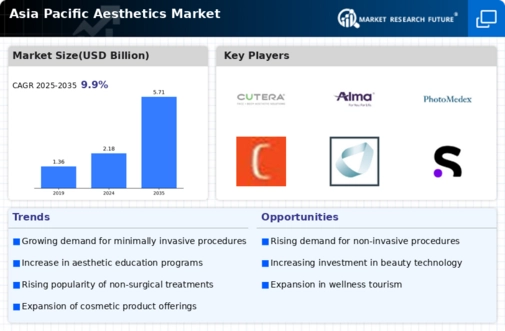
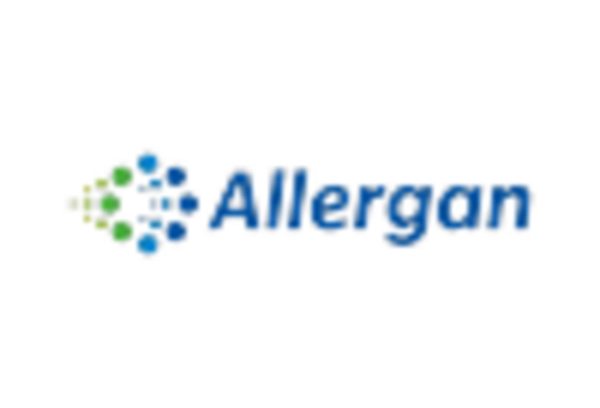
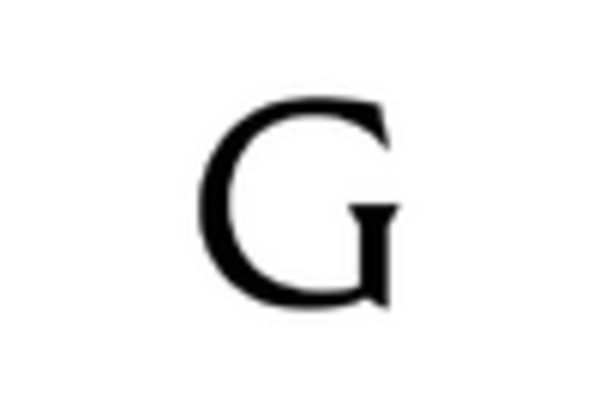
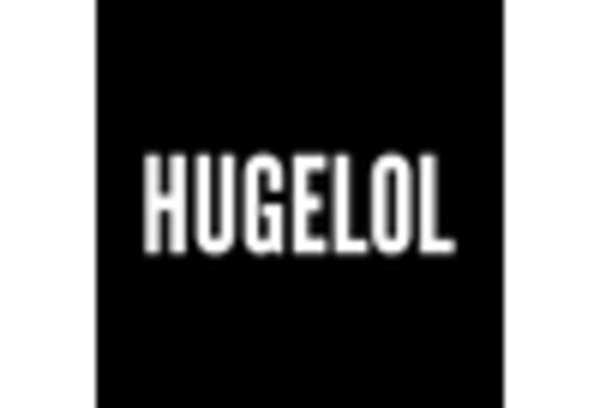
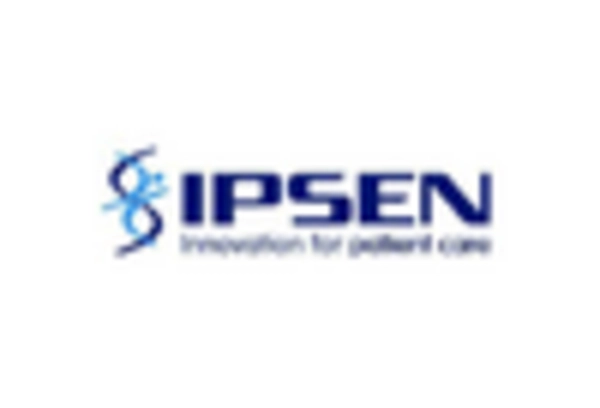
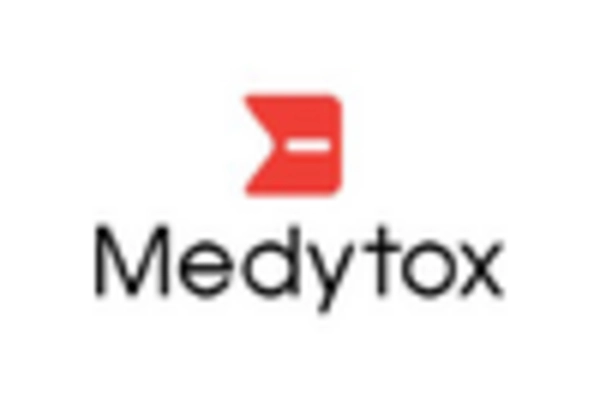
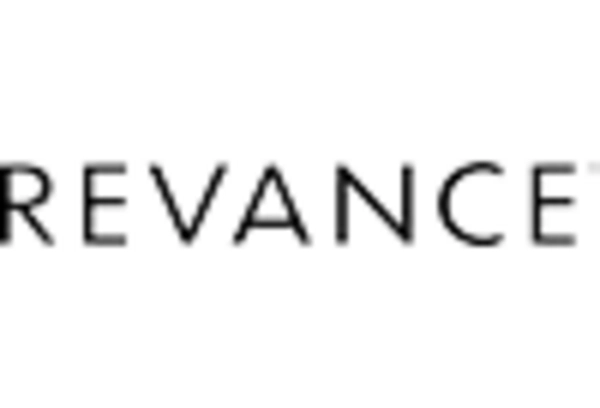









Leave a Comment